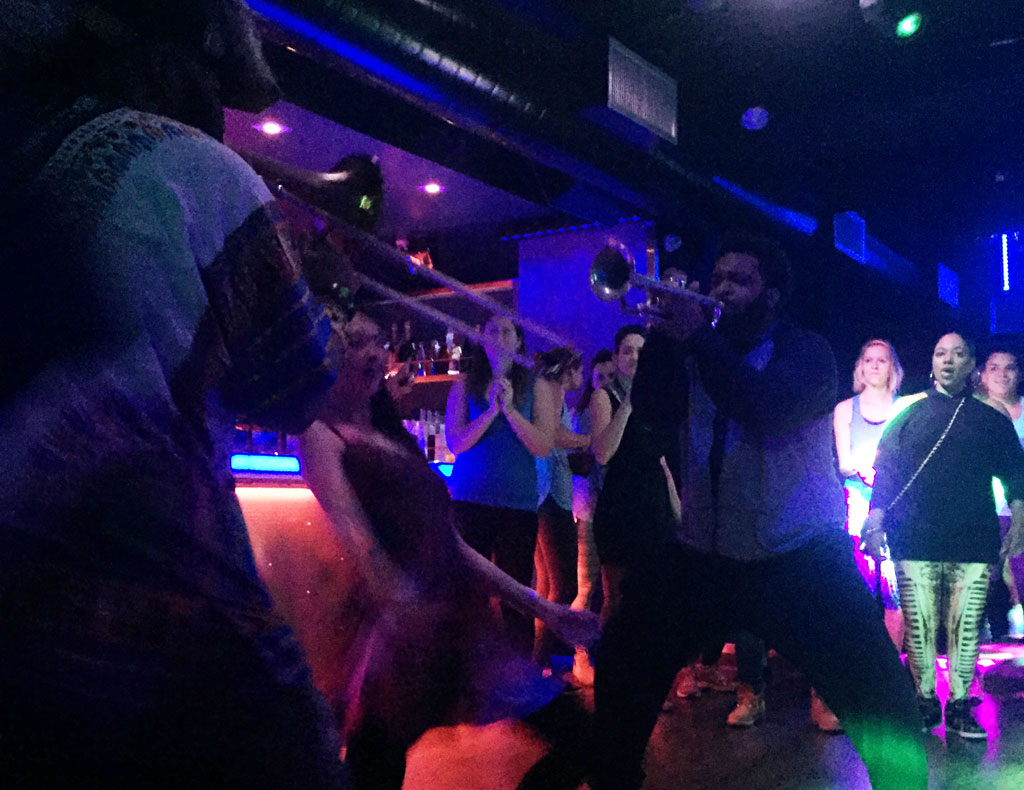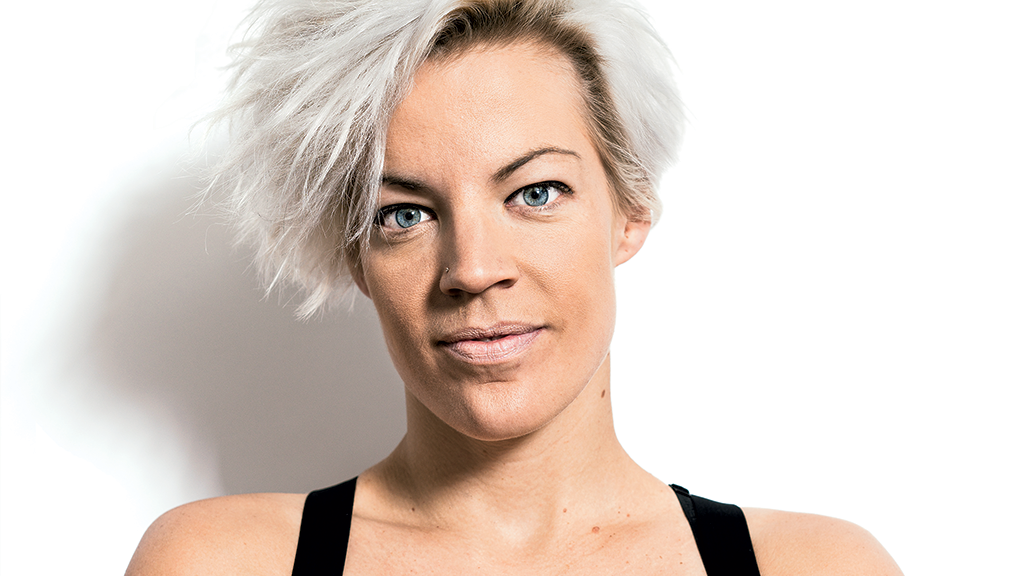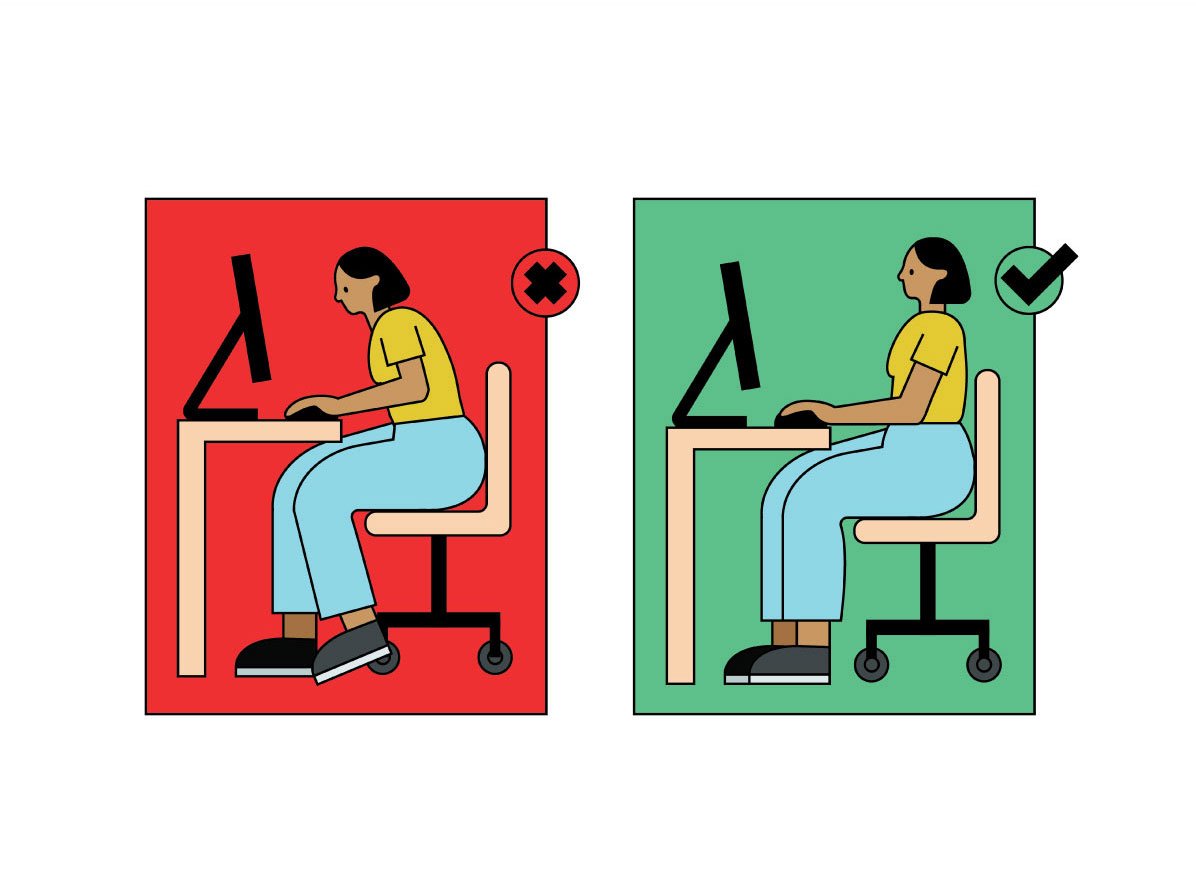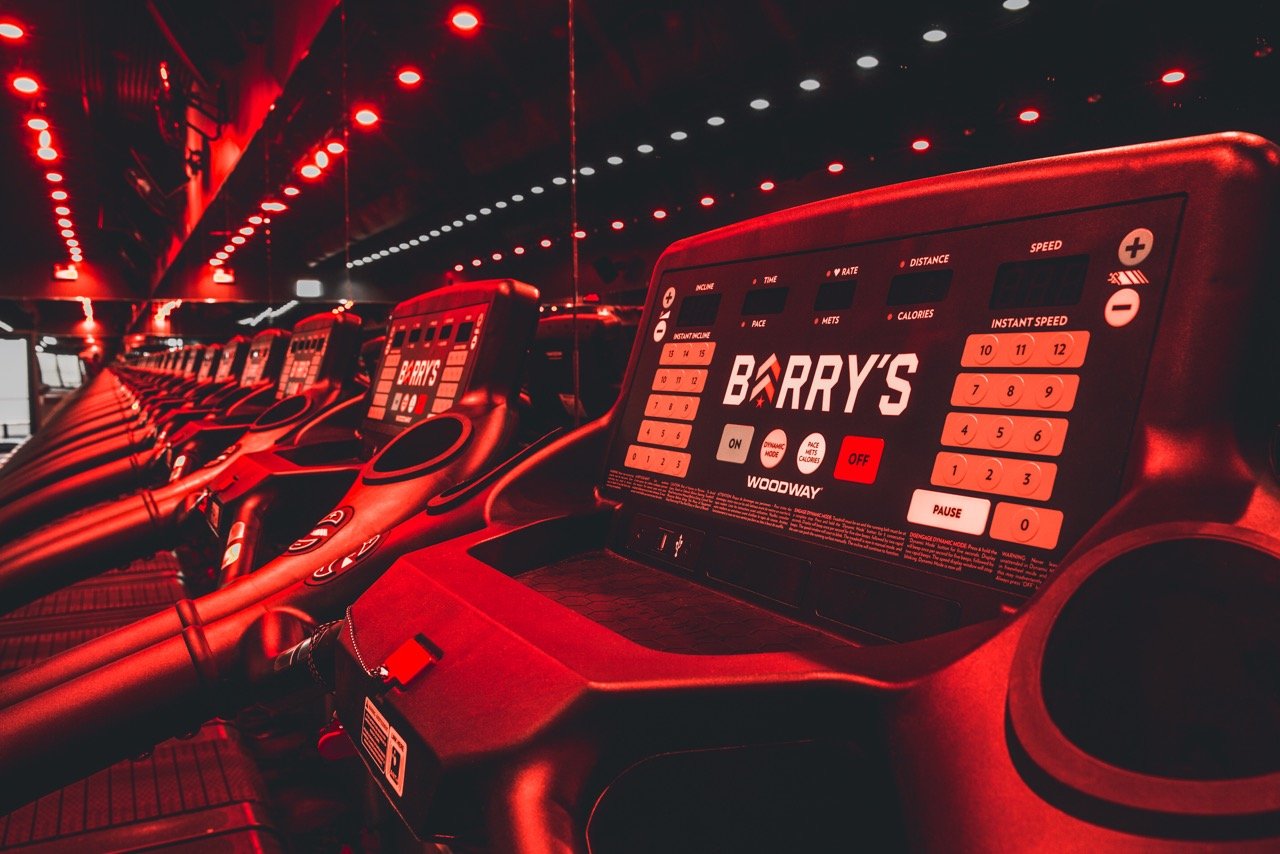I was trying not to think about the fact that I was lying on the floor of a night club as the instructor called out for everyone to start doing hip lifts. But since I’d shown up to the 6 AM class with barre studio Barre3 late and without a mat, I hadn’t really had much of a choice.
Even though Daybreaker isn’t new to DC, it was my first time. The morning dance party workout that originated in Brooklyn arrived in Washington the summer of 2015, and since then it’s followed a 6 AM yoga class with a two-hour dance party led by a live deejay. Instead of alcohol, the party is fueled by KIND bars, juice that’s partially made of vegetables, cans of Illy coffee, and human positivity.
Once the class ended and we’d taken our last cleansing breath, my stress level climbed as the volume of the music grew. The smart people had come with friends so they had someone to face as they swayed side to side, but I stood in the back by the couches where people had piled their stuff, afraid to dance alone.
As the room started to fill up, mostly concentrated around the deejay, I drummed up the courage to edge my way forward along the perimeter of the room. Once I got there, I realized I was no less exposed, so after few sways, I retreated back to the couches.
Maybe I can just watch, I thought. I can still experience this through observation.
Arms tightly folded across my body, I clutched my phone like a lifeline. It was 7:15, and I’d promised myself I could leave at 8. Forty-five minutes to go. I texted my husband: “I’m SO AWKWARD. WHY DIDN’T MY PARENTS SOCIALIZE ME MORE AS A CHILD.” He didn’t reply. Sleeping.
The longer I stood and watched the room of primarily white, young, fit people do the step-touch, step-touch move we all default to, the more cynical I became. I was already writing one-liners for the article I didn’t plan to write in my head: “If workouts are a slow death, Daybreaker is a slow death via white-people dancing.”

But just as I was settling into my role of awkward girl who sits in the back and judges everyone else for their superior social skills, a man popped up in front of me.
“You can’t go to a dance party and not dance,” he insisted.
“I’m a reporter,” I tried.
He grabbed my hands anyways and pulled me onto the dance floor. I shuffled along as he told me he’d been gone for two and a half months and was glad to be back in DC.
“Where’d you go?” I asked.
“I was on tour,” he said.
I suddenly realized that the man was the one who’d been singing from the deejay platform moments before. He goes by Haile Supreme, and he was the MC for the morning. Because apparently the cloud of negative energy around me was awkward enough that the MC had left the booth, walked to the back of the room, and dragged me onto the dance floor himself.
As he headed back to the front, I decided to stay on the dance floor to give it another shot. I joined in on the terrible white-people dancing, adding my own step-touch, step-touch to the mix. But here’s the thing about sober dancing—or maybe just dancing in DC in general—I wasn’t the only one who needed a little help to let loose. Whether MC Haile Supreme sensed this or he’d always had it in his plans, he started calling out instructions to the room.
A drummer riding a hoverboard entered the dance floor, and the MC orchestrated a circle around him. Haile Supreme continued prompting us, calling out over the wordless, thumping techno for everyone to get low, so the room shimmied down. He called out to put our hands in the air, so we did, waving them with the beat of the music. When the circle grew too large, he called out for everyone to take two steps forward. All eyes on him for the next move, he ordered us to introduce ourselves to someone we didn’t know.
By this time, I’d wiggled my way into the mass of strangers, and I’d added some shoulder movement to my step-touch, step-touch. I no longer felt nails-against-a-chalkboard uncomfortable, but I wasn’t so okay that I wanted his instructions to stop. By the time the clock struck 8 AM, a trombone and trumpet player had joined the drummer. They held their instruments facing one another to create a brass limbo bar, which the more forward dancers were shuffling beneath, bent over backwards.
I snapped a photo of the setup as I crept back to the couches to gather my things. I wondered if I should stay to the end, but I’d told myself I could leave at 8 AM, so I did. You can drag the reluctant, type-A introvert onto the dance floor, but you can’t make her stay there.




















